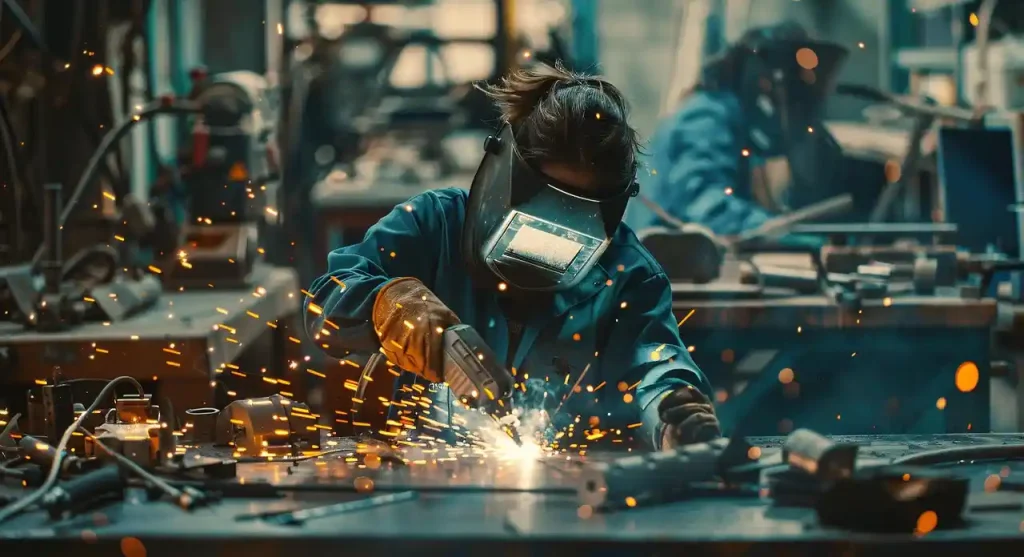Withstanding the Heat: Understanding Different Types of Refractory Materials and Their Applications
From the fiery heart of blast furnaces to the intense heat of cement kilns, certain materials stand resilient against extreme temperatures: refractory materials. These unsung heroes are essential for countless industrial processes, enabling us to produce everything from steel and glass to ceramics and chemicals. But not all refractories are created equal. Understanding their different types and applications is key to optimizing performance and efficiency.
Broadly, refractory materials can be categorized based on their chemical composition. Let's delve into some key types:
Fireclay Refractories
These are the most common and economical type, primarily composed of hydrated aluminum silicates (clay). They offer good refractoriness under load and are widely used in lower-temperature applications like furnace linings, kilns, and chimneys. Their versatility makes them a staple in many industries.
Silica Refractories
Consisting mainly of silica (SiO2), these refractories exhibit excellent load-bearing capacity at high temperatures and resist acidic slags. They find crucial applications in the steel industry, particularly in coke ovens and electric arc furnaces. Their stability at high temperatures is a significant advantage.
Alumina Refractories
With a high aluminum oxide (Al2O3) content, these materials boast superior refractoriness, mechanical strength, and resistance to chemical attack. They are indispensable in demanding applications such as cement kilns, glass furnaces, and high-temperature reactors. The higher the alumina content, the better the performance at extreme temperatures.
Basic Refractories
These are primarily composed of magnesia (MgO) and/or dolomite (CaO·MgO) and are known for their excellent resistance to basic slags. They are critical in the steel industry, especially in basic oxygen furnaces, where they effectively contain the highly reactive molten metal.
Special Refractories
This category encompasses a wide range of advanced materials tailored for specific demanding applications. Examples include zirconia (ZrO2) refractories for their exceptional high-temperature strength, silicon carbide (SiC) refractories for their thermal shock resistance, and chromite (FeCr2O4) refractories for their resistance to metal penetration. These materials often provide unique properties for specialized industrial needs.
In conclusion, the selection of the appropriate refractory material is paramount for the success and safety of high-temperature industrial processes. Factors like operating temperature, chemical environment, and mechanical stresses all play a crucial role in determining the optimal choice. By understanding the diverse types of refractory materials and their specific applications, industries can ensure efficient operations, extend equipment lifespan, and ultimately drive progress.

